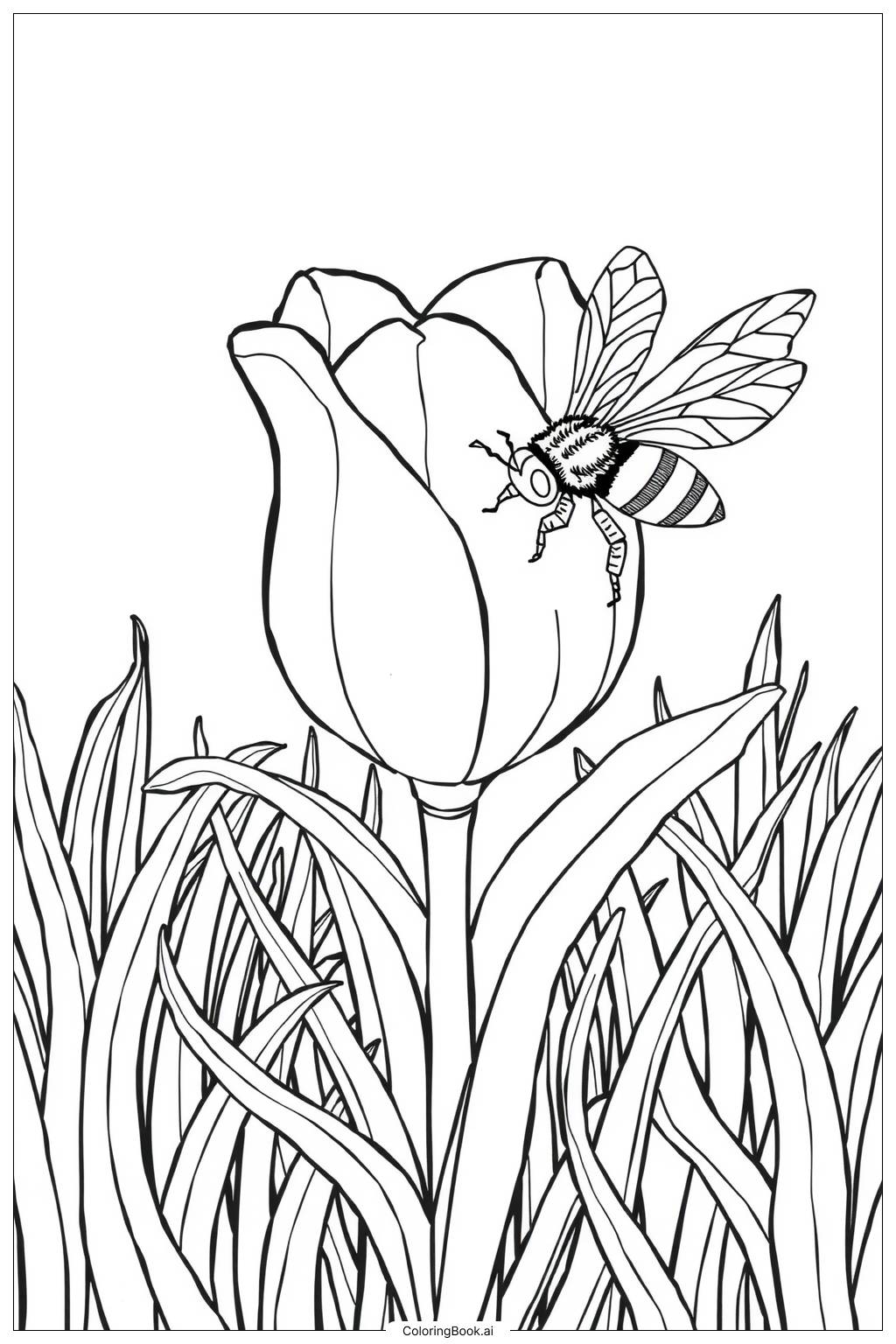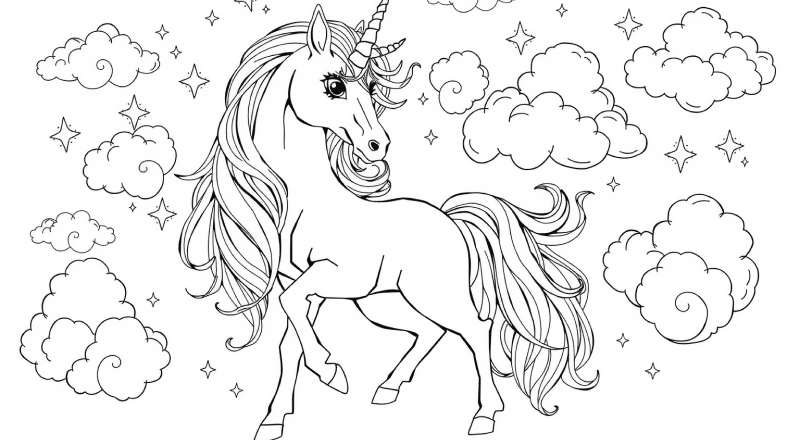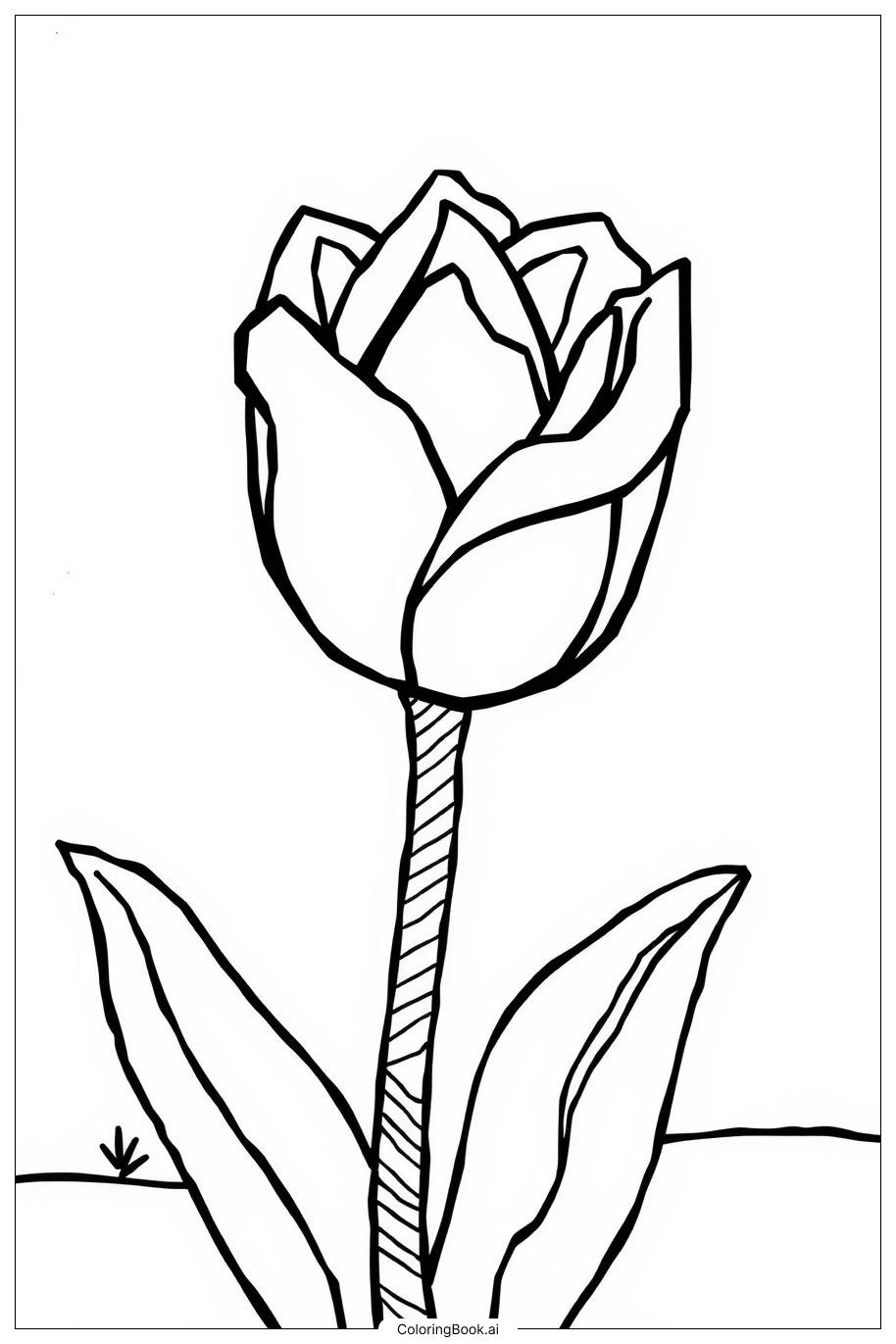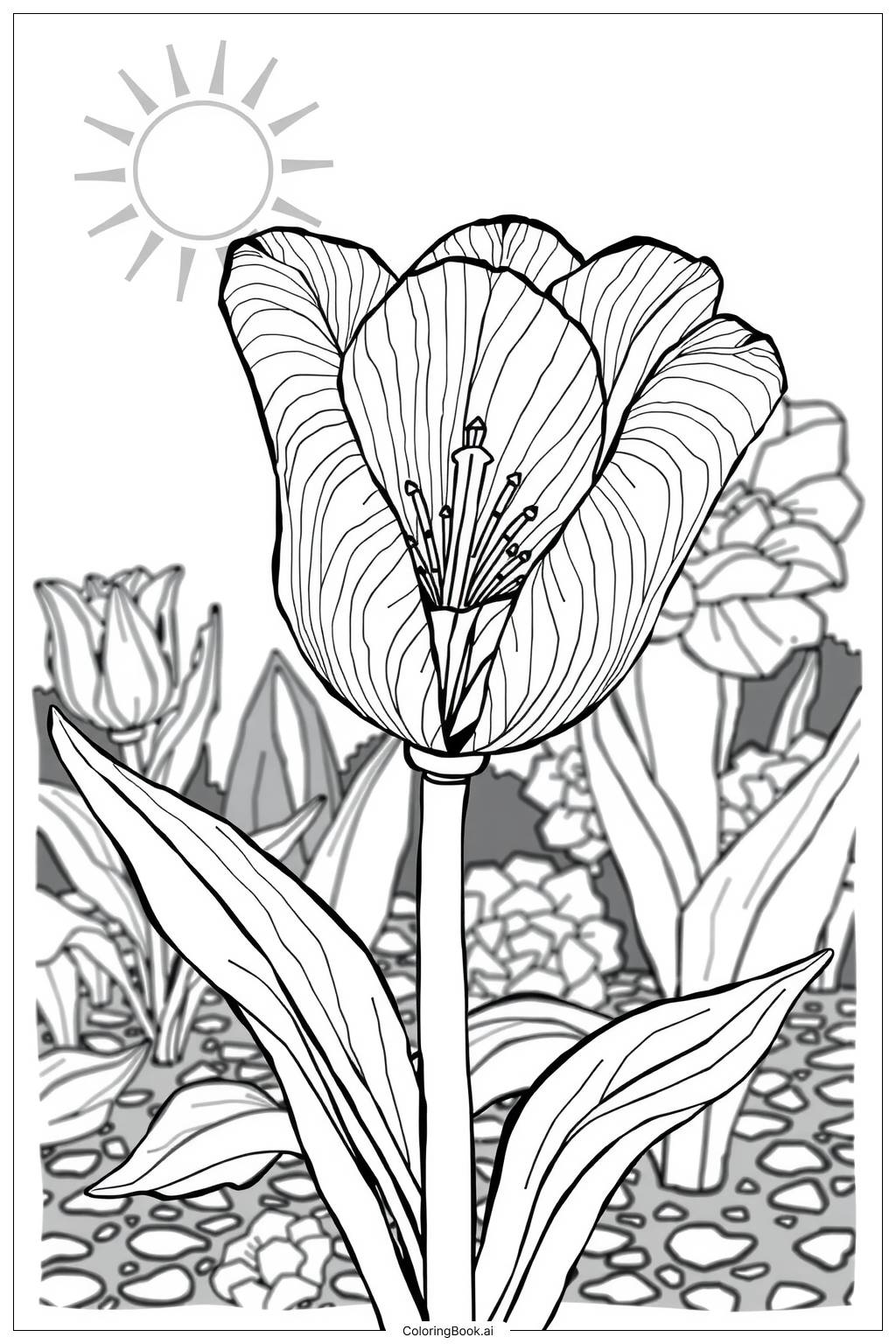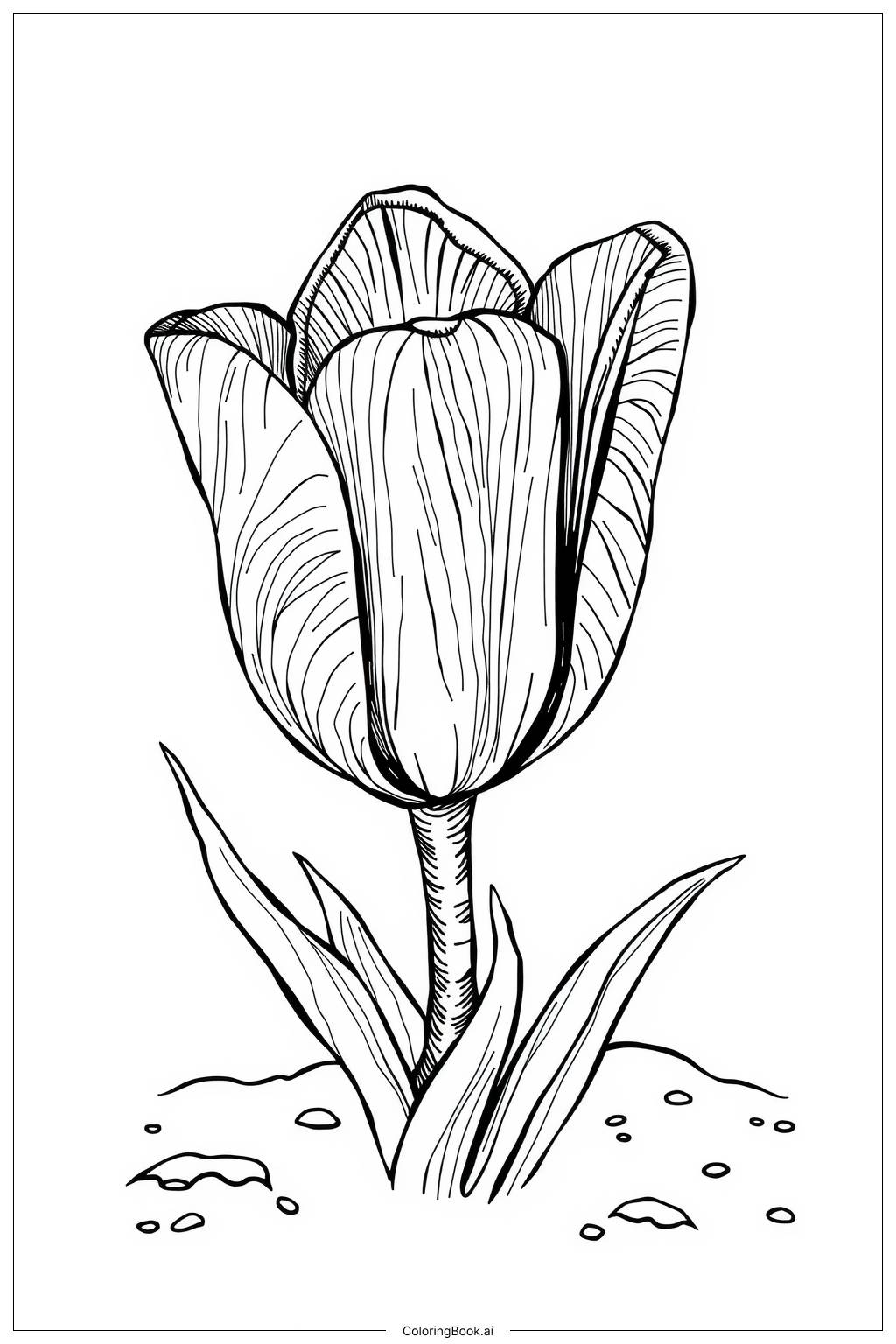Coloring tips: How to color Tulip and Bee Interaction coloring page well?
For coloring the tulip, you can choose bright colors like red, yellow, or pink for the petals to make them stand out. Consider using different shades for the leaves to give them a realistic look. You can color the bee using yellow and black stripes for its body. Adding some light blue or green in the background can provide a lovely contrast. Don't forget about the grass; a mix of light and dark green can add depth. Use your favorite colors and don’t be afraid to blend and experiment!
Coloring challenges: Which parts are difficult to color and need attention for Tulip and Bee Interaction coloring page?
1. The tulip's petals have curves that can make it tricky to color inside the lines. You need to be careful and use a steady hand when coloring the edges.
2. The bee has small, intricate details like its wings and legs. Coloring these parts requires patience and focus, especially to keep the colors from bleeding outside.
3. Blending different colors for the leaves and grass can be challenging. You may need practice to get a smooth transition between lighter and darker greens.
4. Choosing the right colors for the background that complement the tulip and bee can be difficult. It's important to balance colors to help the main subjects pop.
Benefits of coloring books: Advantages of drawing Tulip and Bee Interaction coloring page
Coloring this page allows for creativity and self-expression. It helps children develop fine motor skills and hand-eye coordination. As they choose colors, they learn about color theory and combinations. This activity promotes relaxation and focus, providing a calming effect. Additionally, creating art can boost confidence. Children can also discover the beauty of nature and the importance of bees in our ecosystem through this fun exercise.
